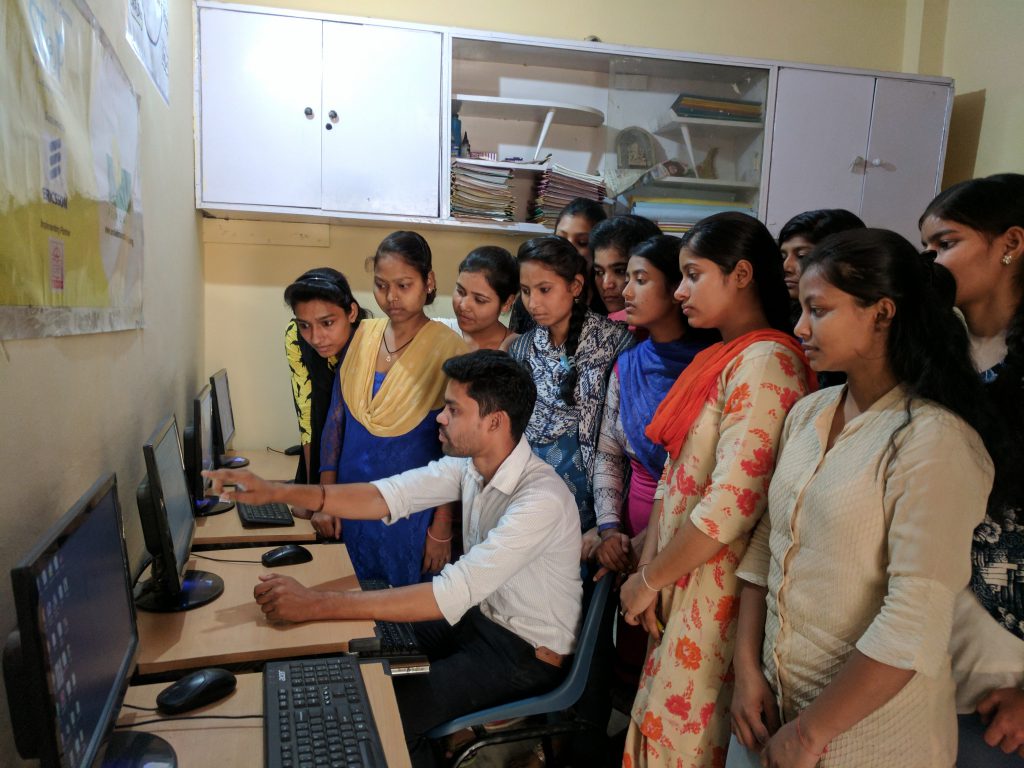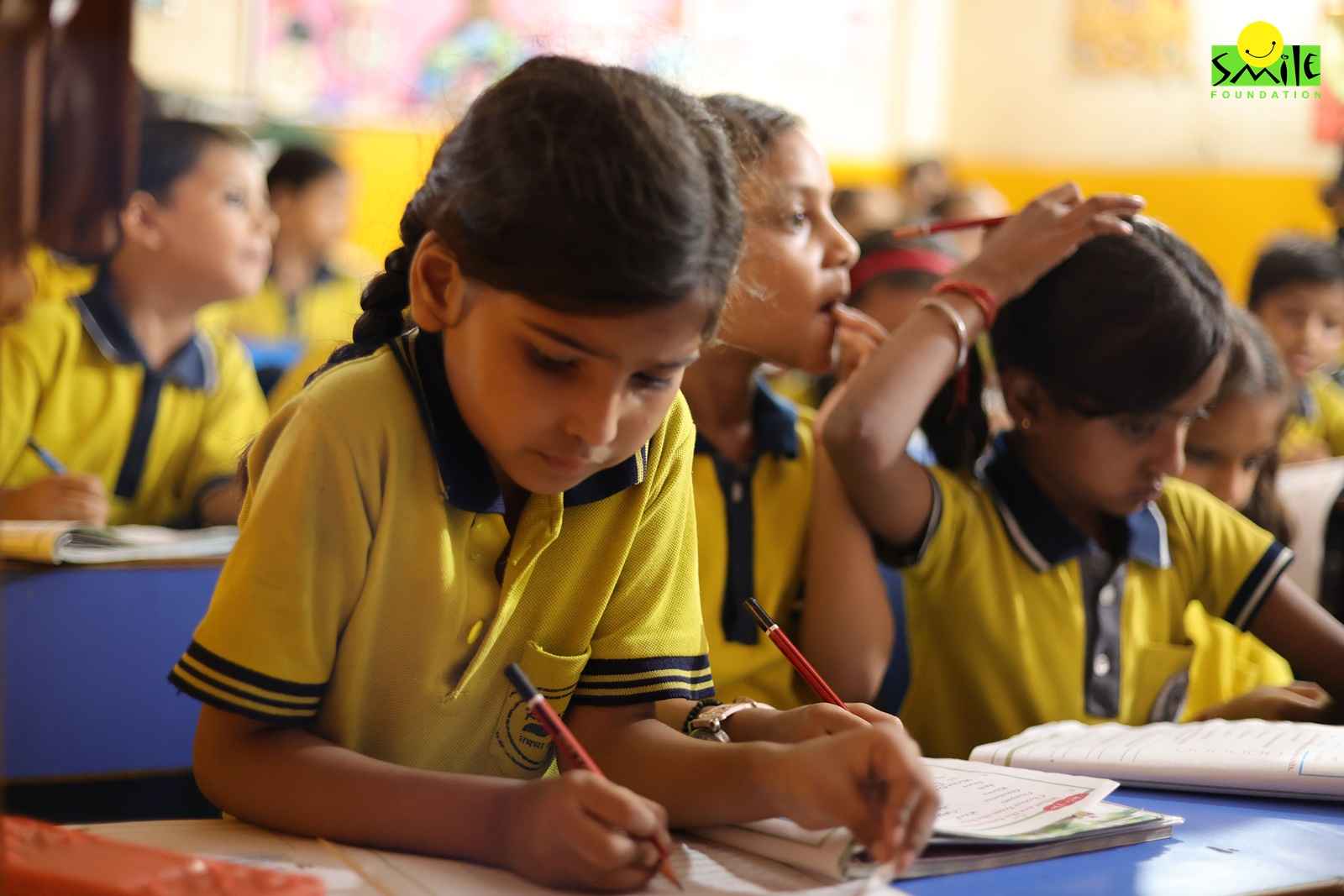“My daughter is my biggest achievement. She is a little star and my life has changed so much for the better since she came along.” – Denise Van Outen
The quote above pretty much explains the importance of daughters. The sex ratio is more balanced in the developed countries of the world. According to a Pew survey, Indian families are becoming less likely to seek abortions to assure the birth of sons over daughters. Punjab and Haryana, once notorious for female foeticide, have made significant progress in correcting their unbalanced sex ratio at birth.
The study employs the International System, which expresses the ratio as the number of boys born for every 100 females, even though the sex ratio at birth is defined in India in terms of the number of male births per 1,000 female births.
Child Sex Ratio in India
According to the survey, the sex ratio at birth has improved the greatest in India’s northern states while declining in the southern and eastern regions. Additionally, there is a noticeable decrease in “son preference” throughout India, especially among the Sikhs.
The study says that the sex ratio at birth has decreased in the north, which includes Punjab, Haryana, Rajasthan, Himachal Pradesh, Delhi, and the Union territories of Jammu & Kashmir and Ladakh, from 118 boys in 2001 to an average of 111 boys for every 100 girls in 2019–21.
The research credits the government of India’s efforts to stop sex selection, including a ban on prenatal sex testing and sex-selective abortions as well as an advertising push to rescue the girl child, for the overall improvement in sex ratio at birth.
It says that these actions were taken at a time when the nation was experiencing greater societal changes related to income and education. The study split India into six zones: north, east, west, south, central, and northeast.
Child Sex Ratio of Some States in India
The ratio, however, increased in the five southern states of Andhra Pradesh, Telangana, Tamil Nadu, Kerala, and Karnataka, going from 106 boys for every 100 females in 2001 to 108 boys for every 100 girls in 2019–21.
In the eastern region of India, which includes Bihar, Jharkhand, West Bengal, and Odisha, the sex ratio has likewise gotten worse, rising from 107 in 2001 to 109 in 2019–21. The analysis reveals that the sex ratio at birth has generally improved across the rest of India. In the west (Gujarat, Maharashtra, and Goa), it decreased from 116 to 108 (boys per 100 girls), while in central India (Uttar Pradesh, Madhya Pradesh, and Chhattisgarh), it decreased from 111 to 106 (boys per 100 girls).
It slightly improved to 104 from 105 in the northeast (Arunachal Pradesh, Assam, Manipur, Meghalaya, Nagaland, Mizoram, Tripura, and Sikkim).
The figures of the child sex ratio in NFHS-5 and the census appear to be different. For instance, India’s total sex ratio was 933 according to the 2001 census, while it was 1,000 according to the NFHS-3 survey, which was carried out in 2005-2006. Once more, the sex ratio was 940 in the 2011 Census, while it was 991 in NFHS-4 (20015–16).
The NFHS statistics is a sample survey and only the next census will establish whether there are more women than men in India, even though both sources show a continual increase in the overall sex ratio.
Clearly the sex ratio is improving and it’s a good sign. As people are getting more educated, preference for sons is on a decline. Still a lot remains to be achieved in terms of a balanced sex ratio.
More Females than Males
The Economic Survey indicates that there are more women than men in India. There are now 1,020 more females than men for every 1,000 people, up from 991 in 2015–16. Additionally, from 919 in 2015–16 to 929 in 2019–21, the sex ratio at birth has grown.
The government has undertaken special reforms through the “Beti Bachao, Beti Padhao” (BBBP) plan to avoid gender-biased sex-selective elimination and to ensure the survival and welfare of the female child.
In the majority of states in India, the sex ratio has improved.
Reduced Total Fertility Rate
The total fertility rate (TFR), which is the average number of children per woman, has decreased from 2.2 in 2015–16 to 2 in 2019–21. Another name for it is Replacement Rate.
According to the Survey, the overall fertility rate has even fallen below the replacement threshold of fertility (2.1 children per woman) for the nation. Except for Manipur, Meghalaya, Bihar, Jharkhand, and Uttar Pradesh, all of the states and UTs have reached replacement level fertility.
Internet Usage and Literacy Rates among Women
Between the ages of 15 and 49, Indian women are still behind males in literacy. In rural India, the difference is substantially larger. This results in a digital divide as well. In India, women are much less likely than males to have ever used the internet. More women than in 2015–16 reported feeling empowered to make important household choices.
Financial Self-Reliance
Women are now more likely to report having separate bank accounts. Compared to the last NFHS survey, more of them take part in household decision-making. The poll has limitations because it does not provide comparison information for males.
Conclusion
India is certainly becoming a country for daughters. The situation has improved a lot since the past 20 years. There is an old African proverb, “If you educate a man, you educate an individual, but if you educate a woman, you educate a family (nation)” Therefore, imparting education to girls is important in taking ahead the nation.
However, India still has got a long way to go and is prepared to cross every bridge to become a truly equitable nation.
Smile Foundation and Girl Child
Learn about Smile Foundation’s girl child focused initiative, ‘She can Fly‘









